Rising Sun: Rurouni Kenshin – Dub vs. Dub
Two versions of a classic go head-to-head
November 12, 2015
Welcome back to Rising Sun! Starting now, every third post is going to be something special and unique, like a Dub vs. Dub, where I compare two translations of an anime show to see which one is better. We’re going to start things off with Rurouni Kenshin (Samurai X).
Rurouni Kenshin is a historical fiction series set 10 years into the Meiji Restoration, the period in which Japan was transitioning from a isolated feudal society to what it is today. The narrative follows Kenshin Himura, a wandering samurai once feared as Battosai the Man-Slayer, who has to deal with an impostor as soon as he enters Tokyo, saving the honor of Kaoru Kamiya’s dojo. From that point, the series follows Kenshin has he protects his friends, new and old, while ensuring he doesn’t kill anyone in the process. The series became incredibly popular after Media Blasters released their English dub on Cartoon Network’s Toonami block (henceforth refered to as the Toonami version), but there is also a dub produced by Sony Pictures Entertainment for Southeast Asia’s Animax channels (the Animax version).
Credits and Theme Songs
The Animax version features the original opening and ending credits: the names are written in Japanese and the theme songs are the Japanese originals. On the other hand, the Toonami version gives us English credits and English covers of the theme songs. Personally, I feel the opening theme sounds better in English, but both versions are too high-pitched in my opinion.
https://youtu.be/TFFbVeFf_cY
Above: Animax Opening, Below: Toonami Opening
The Actual Episodes
Now we get to the really juicy part of Dub vs. Dub, comparing how both translations handle the characters’ names and their dialogue. If I were doing Sailor Moon, it would be an easy verdict: the 2014 redub outdoes the original 1995 dub in almost every way. With Rurouni Kenshin, it’s a little trickier. The Animax version goes the Sailor Moon approach and changes the characters’ names so they’re easier to pronounce. Kenshin becomes Kenji, Kaoru becomes Cory, Yahiko becomes Yoshi, so on and so forth. Also noteworthy is that Kenshin’s discarded alias of Battosai the Man-slayer was changed to Battosai the Slasher, and some of the dialouge at the end of episode 2 is a little confusing, hinting that episode’s antagonists’ return in a later episode (which doesn’t actually happen). But the Toonami version makes a conscious effort to stick to the original scripts, with all the names intact, the Japanese writing accurately translated, and Kenshin’s verbal tics (but not the famous “oro?”) even make the translation. Watch how the Toonami version handles Kenshin’s first encounter with Sanosuke Sagara below.
https://www.youtube.com/watch?v=0cj_LOWvtb4
Which voice actors best suit the characters is a controversial matter, but Rurouni Kenshin makes it less jarring by having Kenshin played by the same actor in both versions of the show. The Animax version’s cast sounds good, but the weaknesses of those scripts undermines their talent and allow the Toonami version to stand out. Since Kenshin has the same actor in both dubs, this isn’t a issue for him.
Conclusion
So the question still stands, which version of Rurouni Kenshin is better? My preferences lie towards the Toonami version, which is available on Crunchyroll. However, since the changes in the Animax dub aren’t as bad as the changes in the original Sailor Moon dub, I can also say the Animax version on Hulu could also be enjoyed by newcomers. Or if you want to dodge the whole issue, watch the original Japanese version on Crunchyroll. Rurouni Kenshin, with colorful characters, fluid animation and a accurate depiction of the Meiji Restoration, is a very appealing series regardless of which dub you watch.


Tony • Nov 24, 2021 at 7:48 pm
The real big problem with the Hulu version not only are the names different and just no where close to the original “Sonasuke vs Sanoskay” but they changed lines. One big BIG error was the line in the 1st episode when Kenshin beats Gohei Hiruma his line to one of the fighters changes from “Go to the police and tell them everything this man has been doing,” to something else, it was something Kenshin yelled vs actually spoke calmly if I remember correctly. If you never saw the show, you’d be okay with both. However once you see Toonami’s version, You can’t watch the Animax one.
Ernie • Sep 4, 2023 at 7:10 pm
The only dub of Rurouni Kenshin worth watching, if your not a toddler, is the media blaster, or original 96 version. The Sony version is just really, really, REALLY, REALLY, BAD. First off a Japanese martial arts master wouldn’t be so familiar with his pupil. He would be addressed formally and expect nothing less from his pupil. The Sony dub changes the the complete feel of the anime to a children’s show. It also changes the conversations from adults conversing to children pretending to be adults. I don’t know who’s bright idea it was to make the Sony dub in this manner, but I hope they were fired and banned from ever working on any future animes.